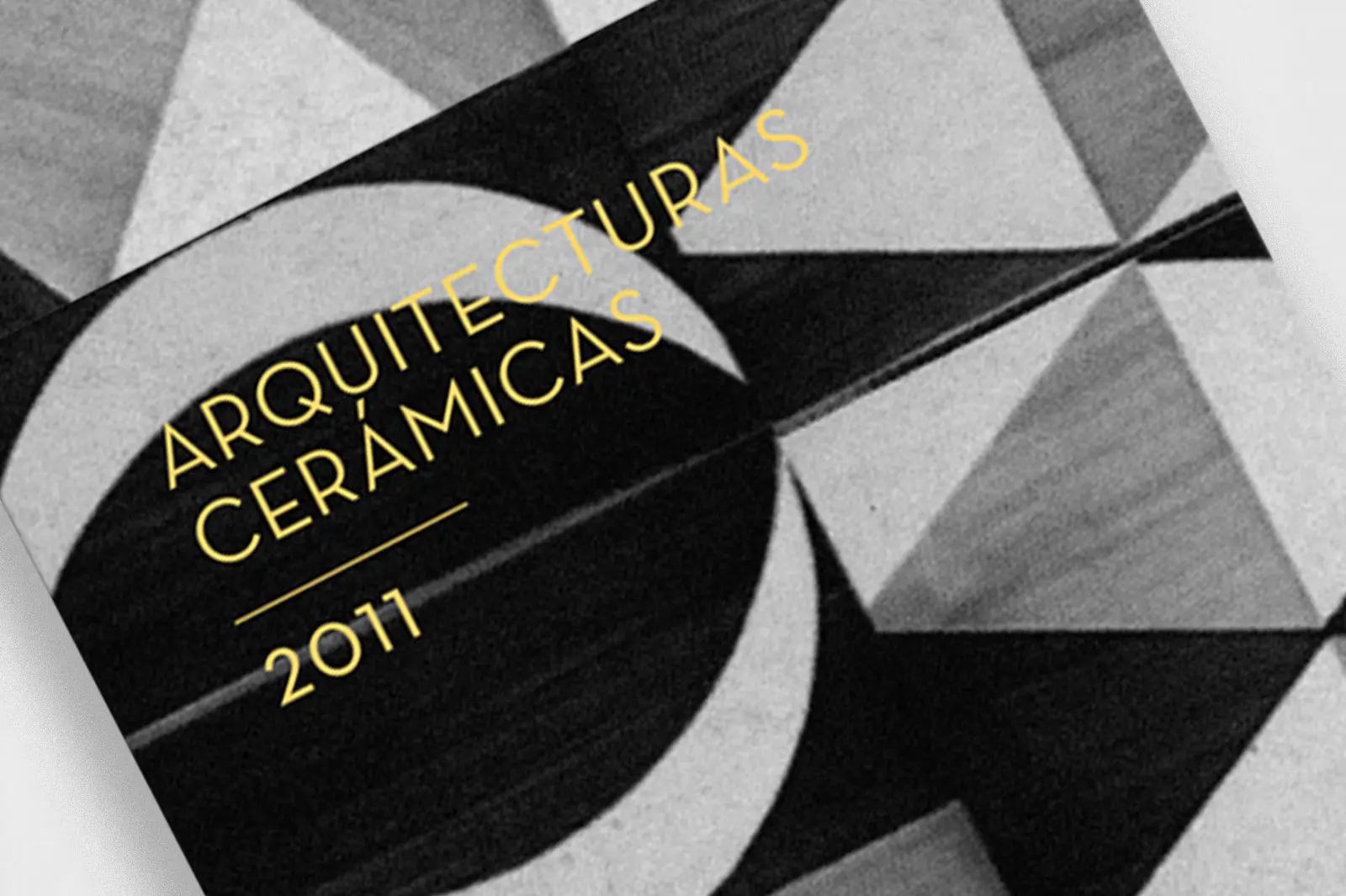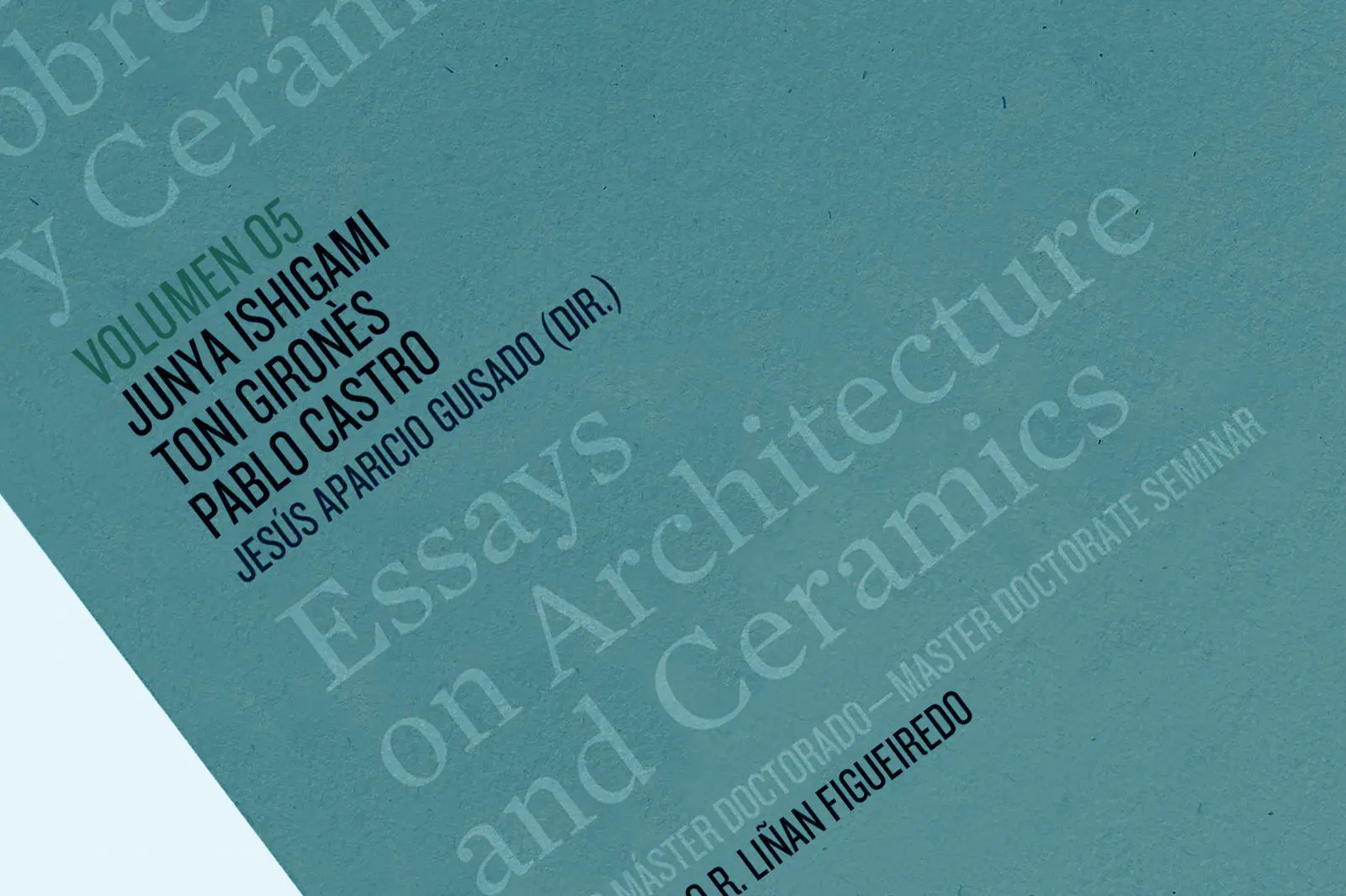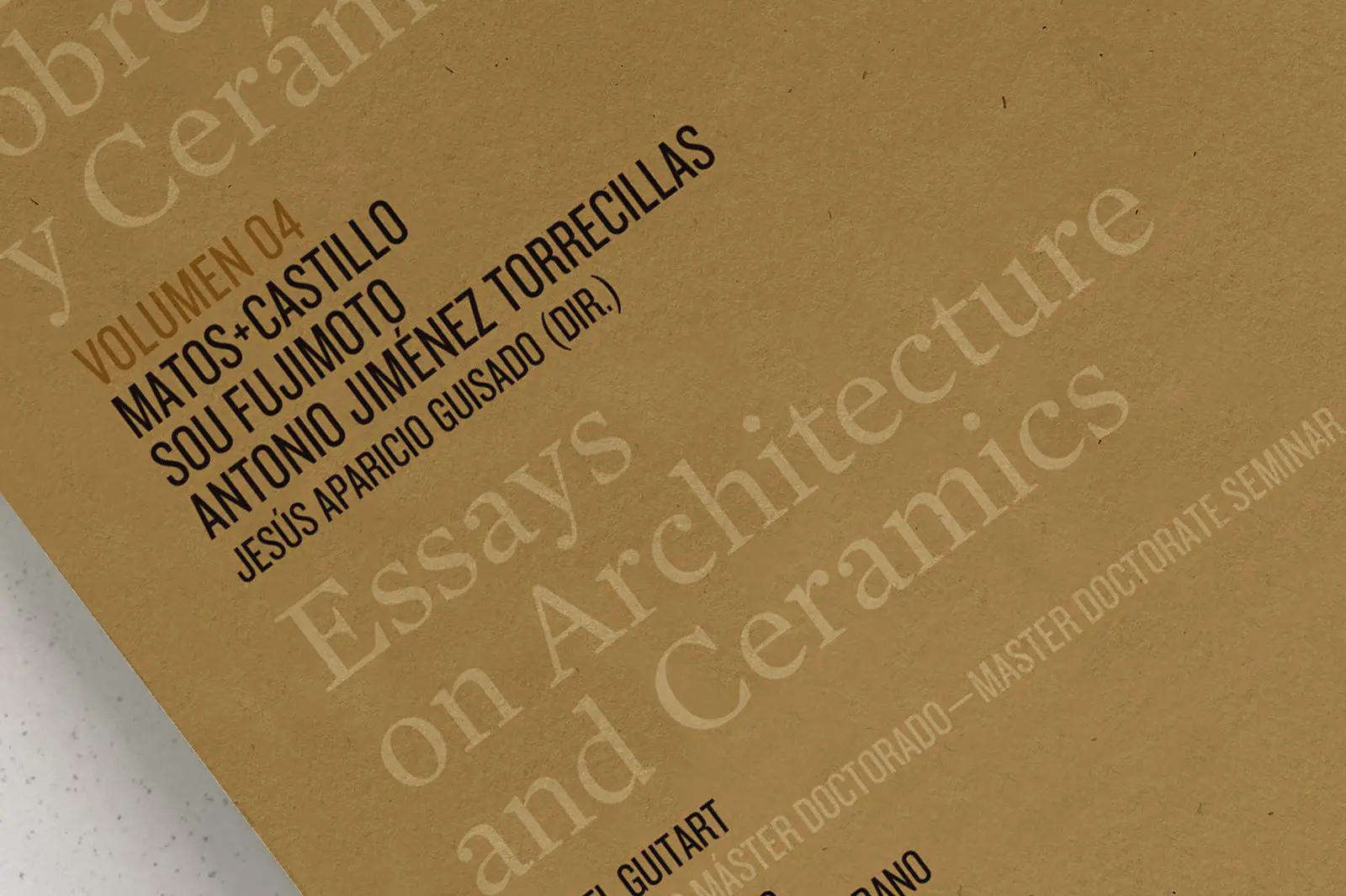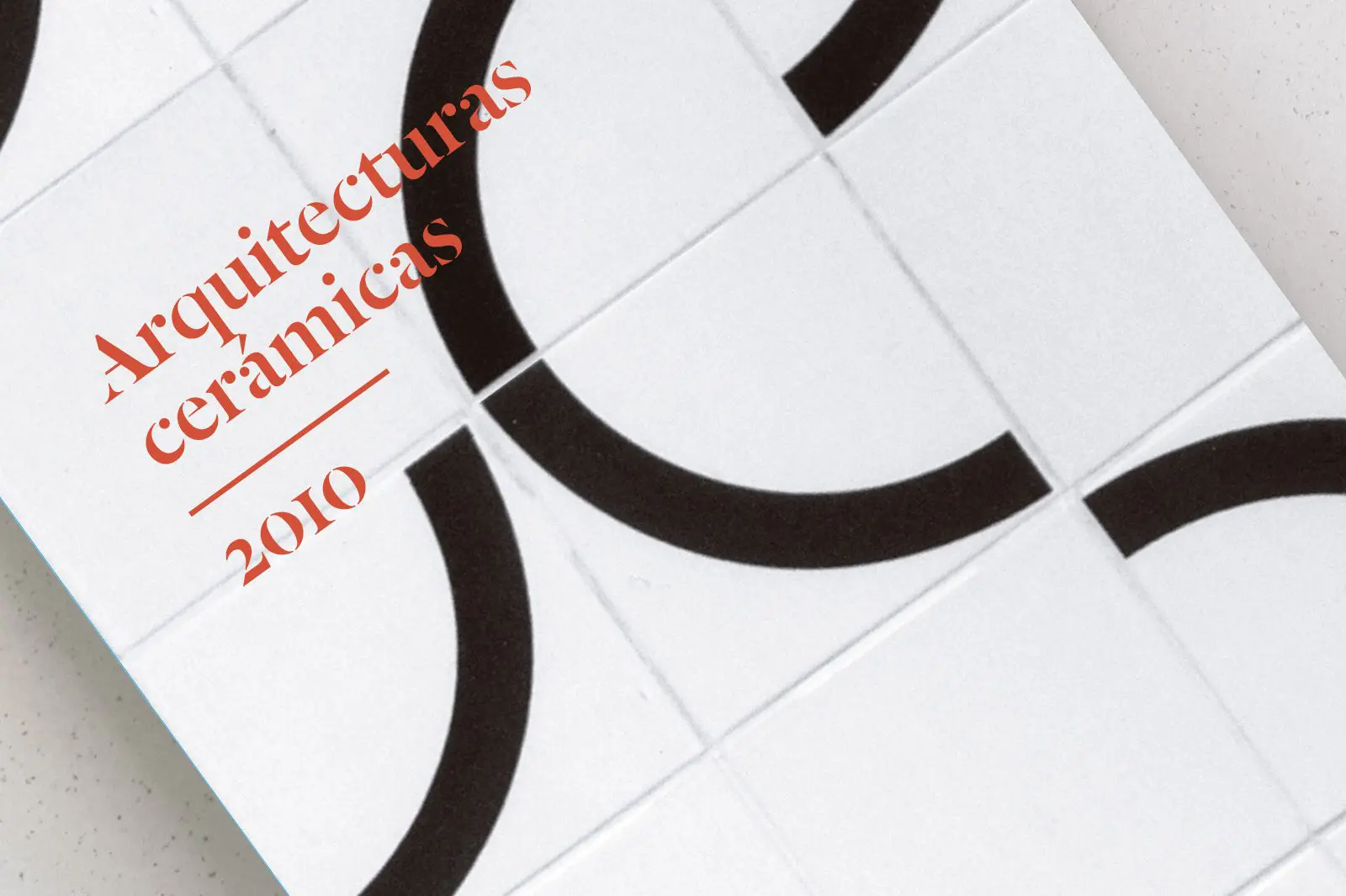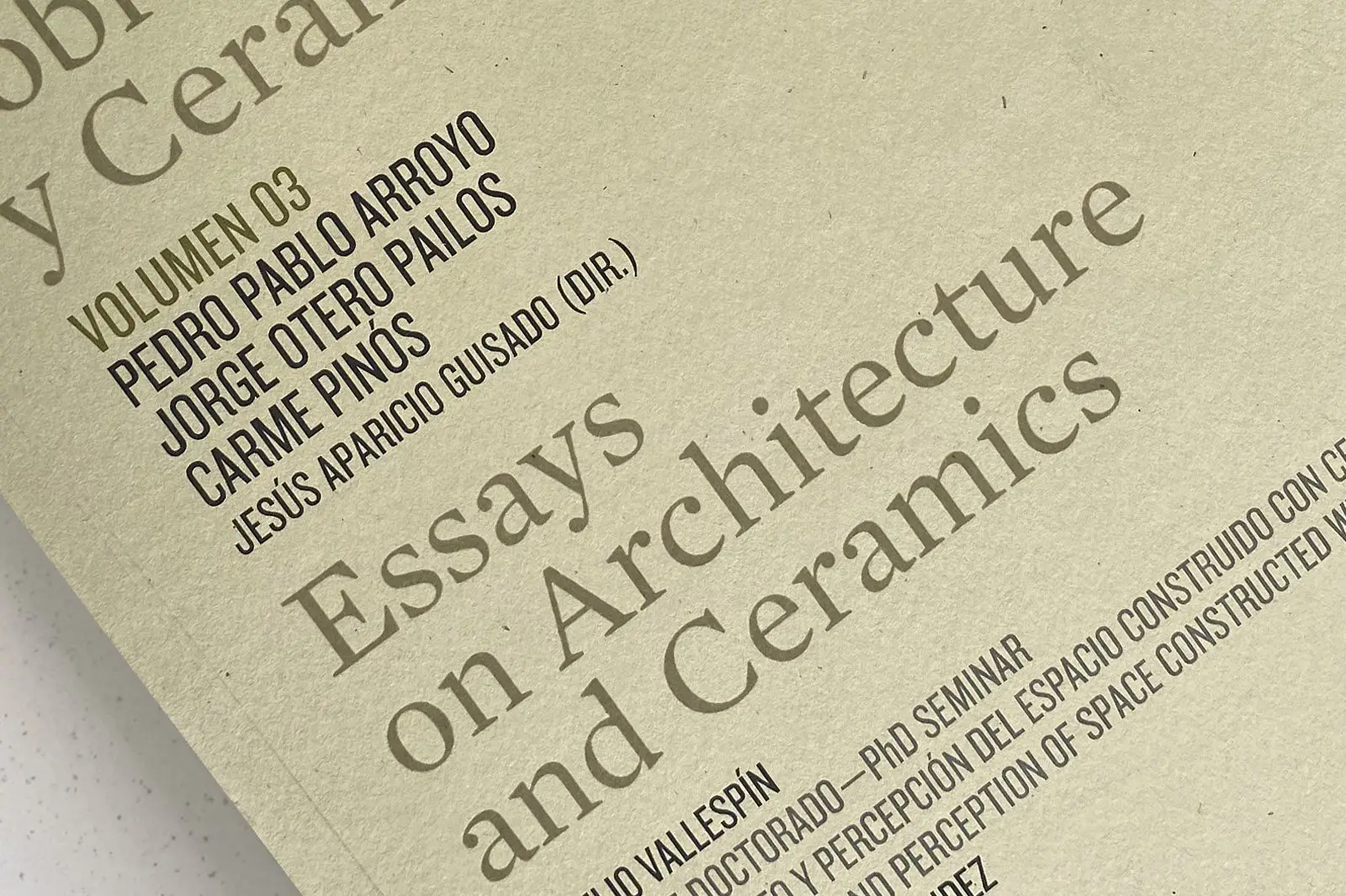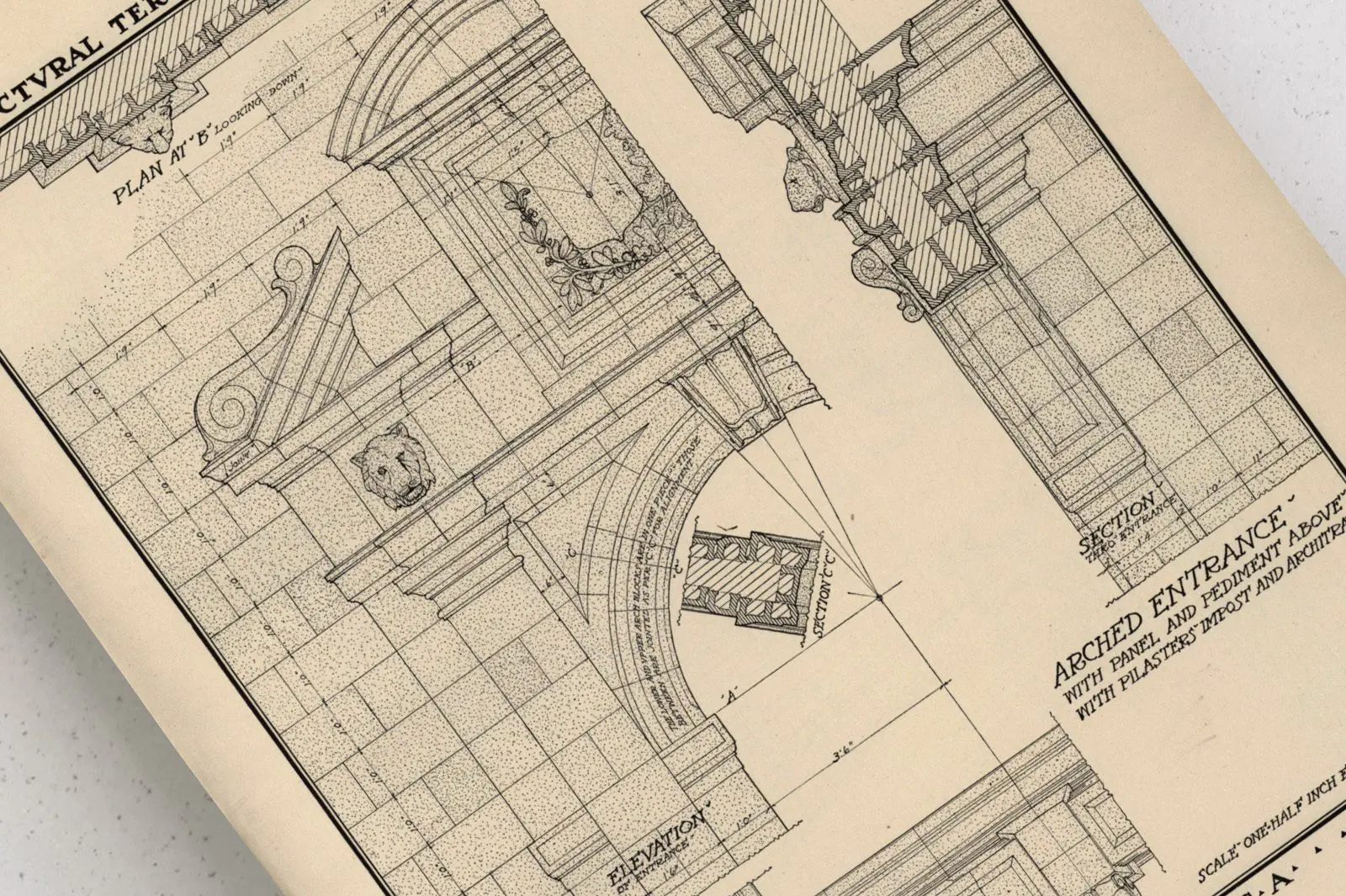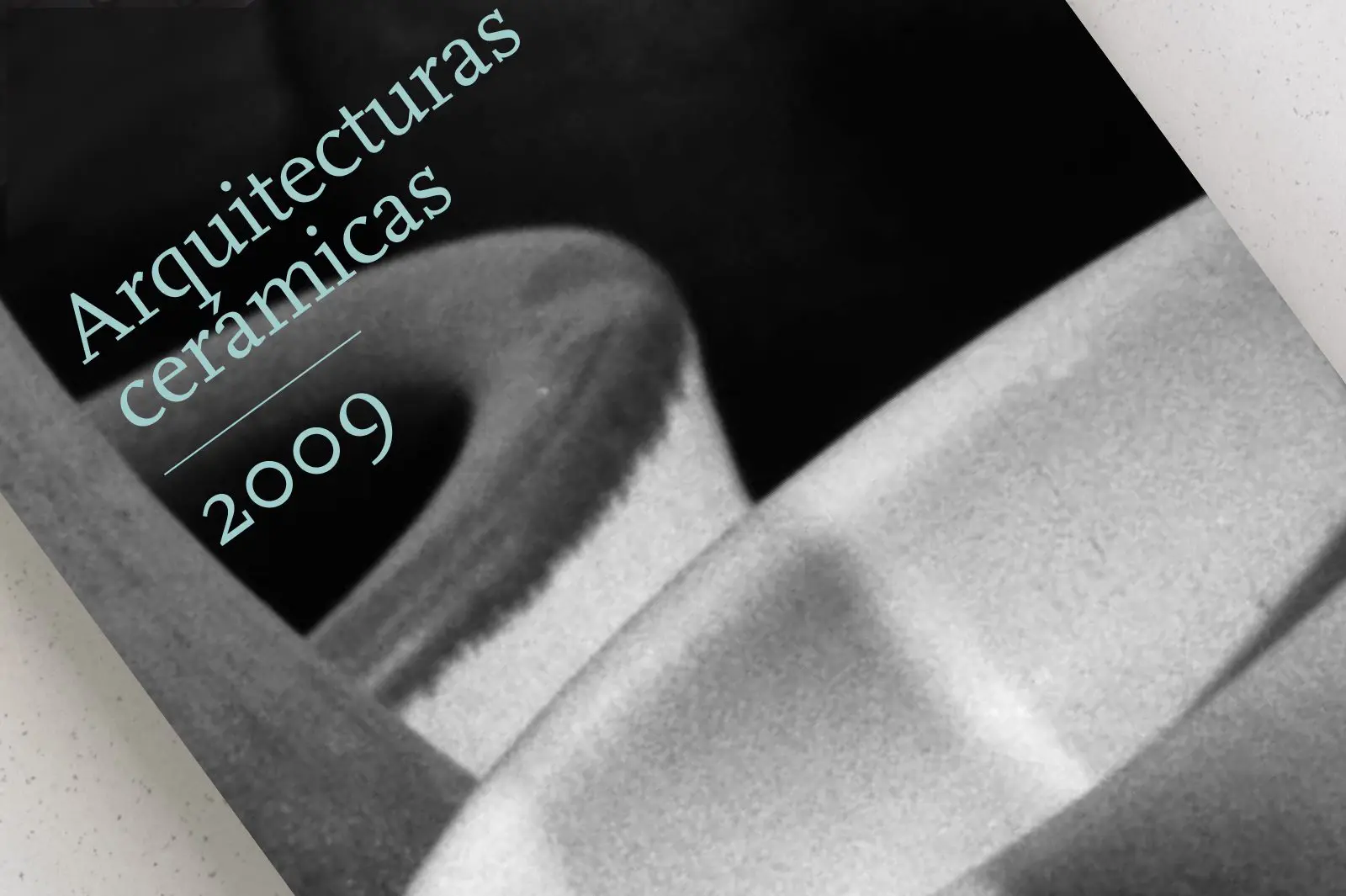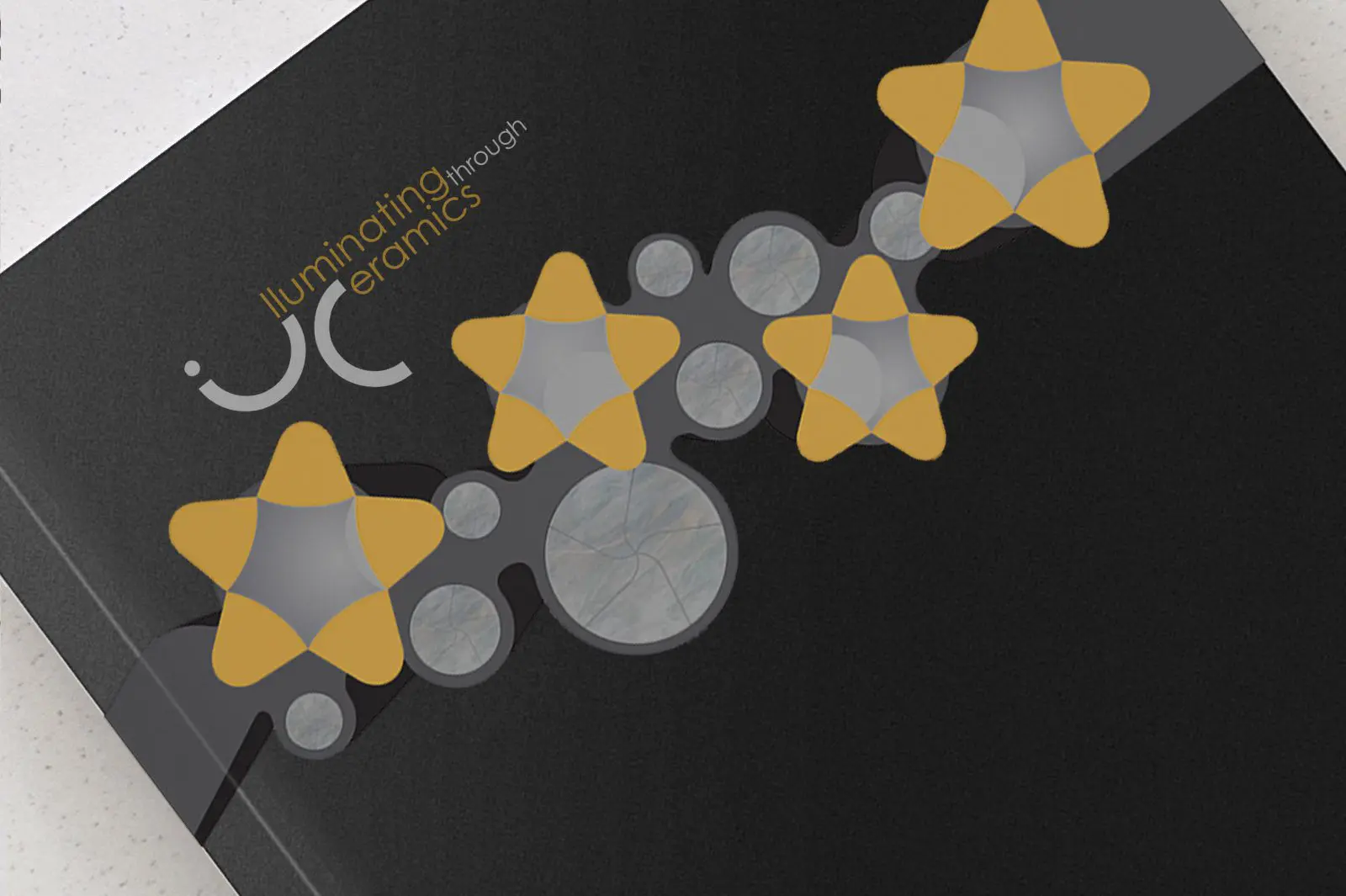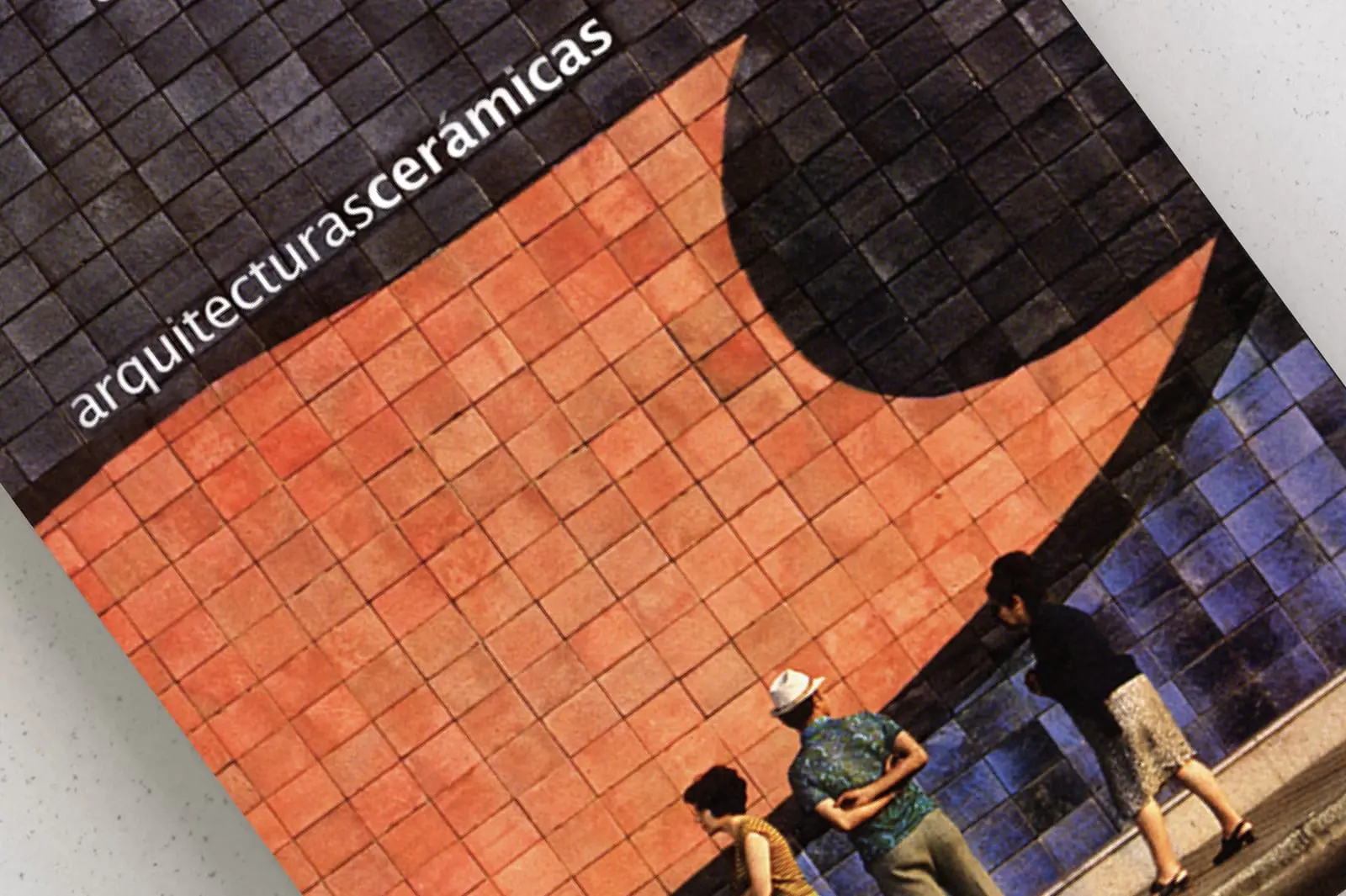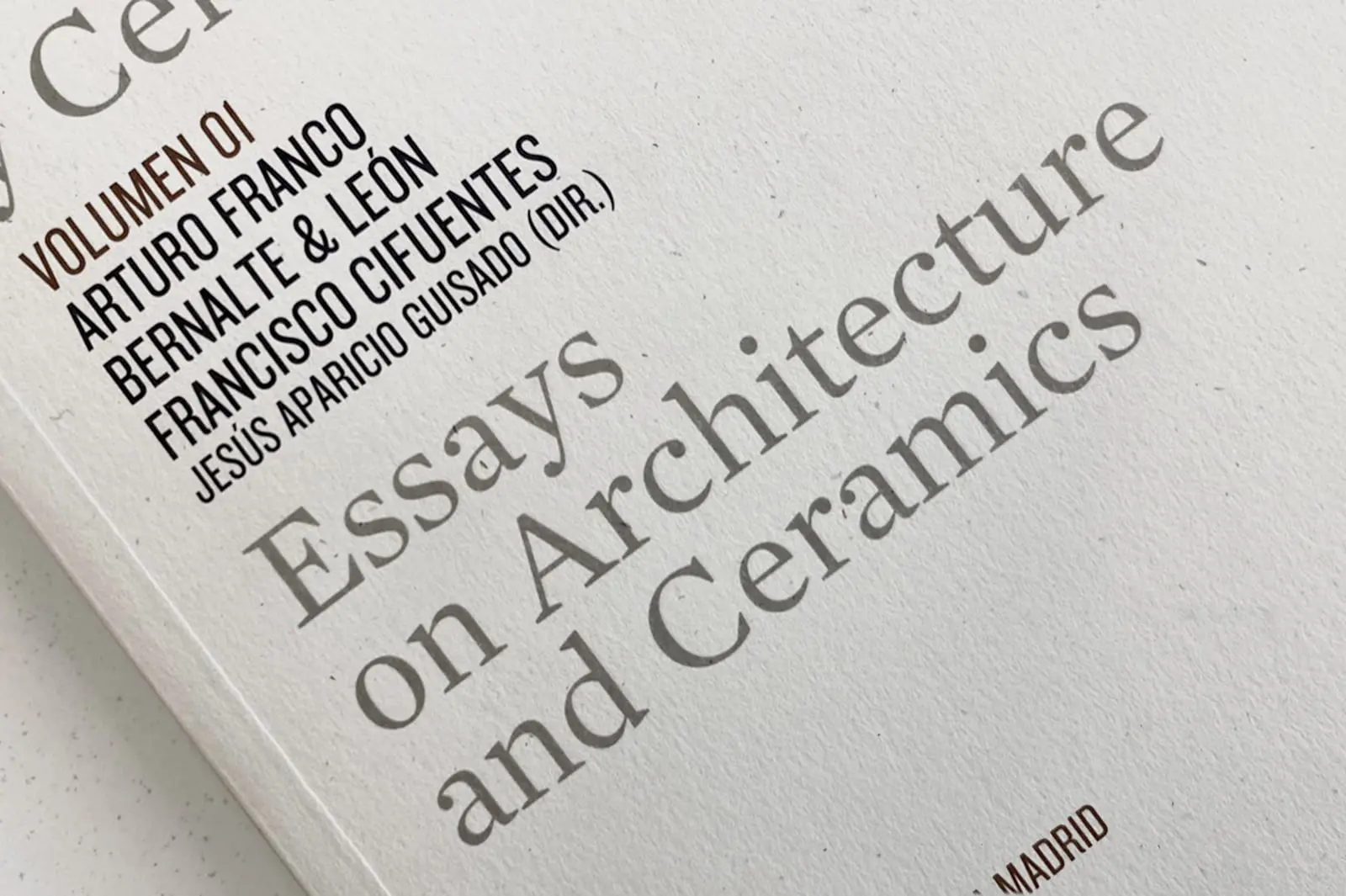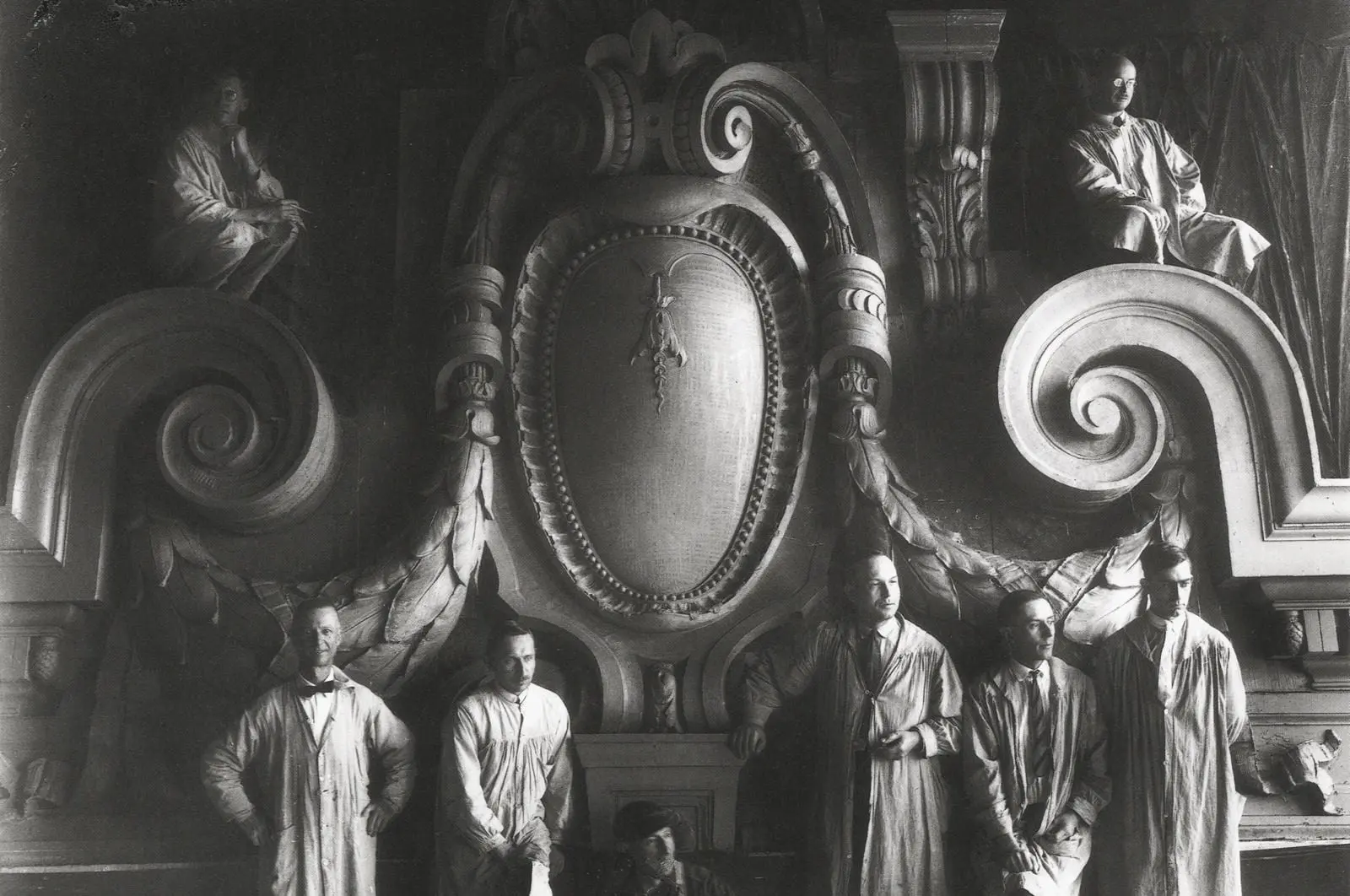arquitecturasceramicas is a collection of texts published by the Cátedra Cerámica Valencia with the purpose of expanding knowledge about ceramic materials. This initiative perpetuates the idea that ceramics is a material in constant evolution. It is a living and current material that is committed to the continuous research of new uses and applications, offering enormous creative and functional possibilities.
This volume includes an article by Francesco Pagliari on the multifaceted Italian architect Gio Ponti, a translation of Luiggi Moretti’s text “Structure as Form” – an interesting theoretical reflection originally published in the magazine Spatzio in 1957 – and finally, the vision and personal experience of the architect Javier Bernalte on ceramic materials. A second section reflects the different proposals elaborated by the architecture students during the project workshop “La mirada del otro”. Finally, a series of images illustrating the critical sessions, conferences and trips developed throughout the academic year are included.
